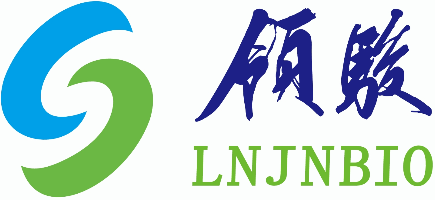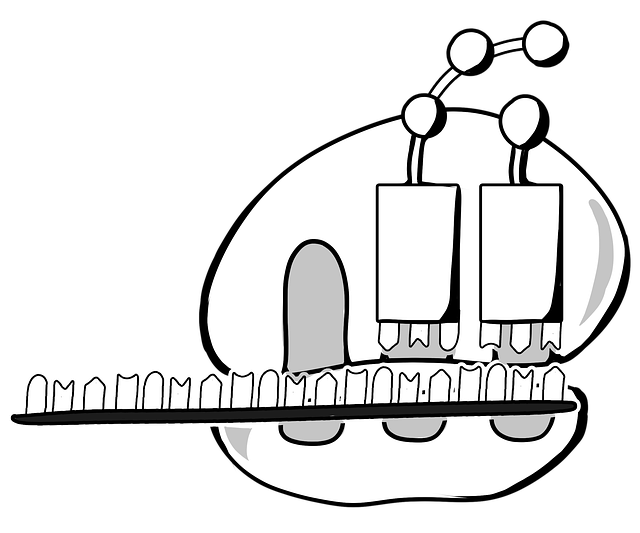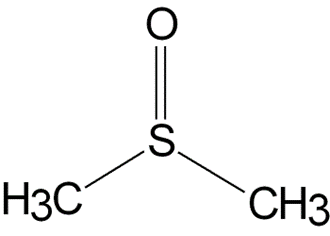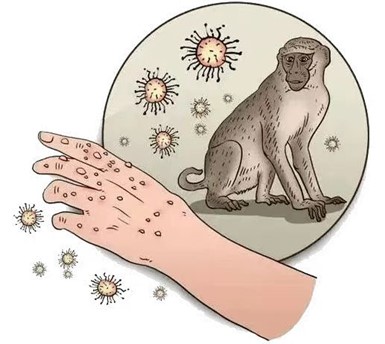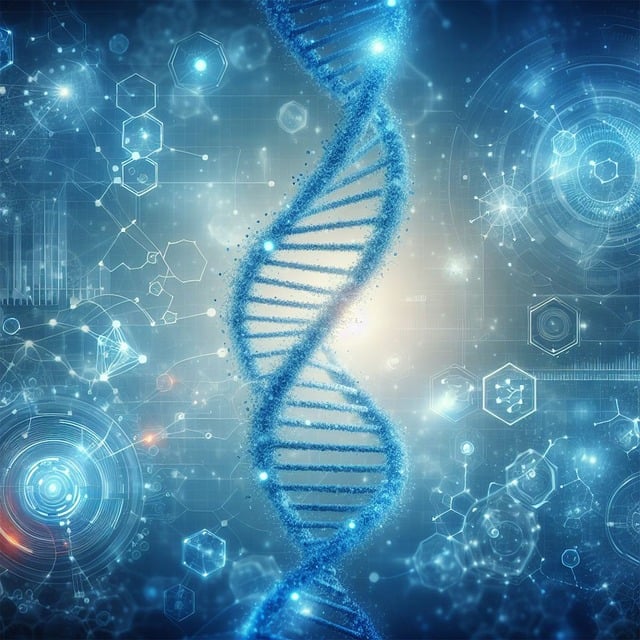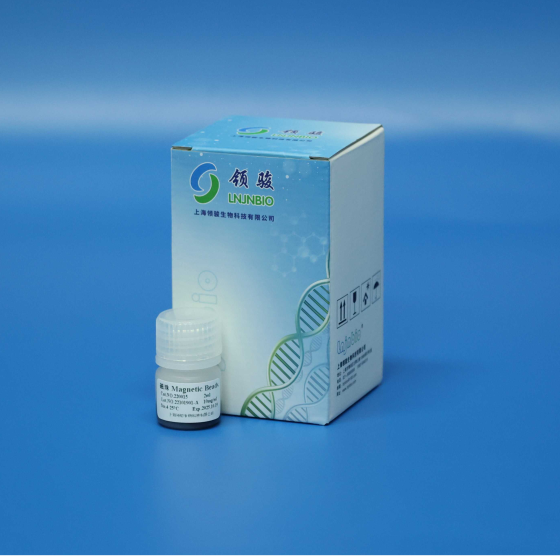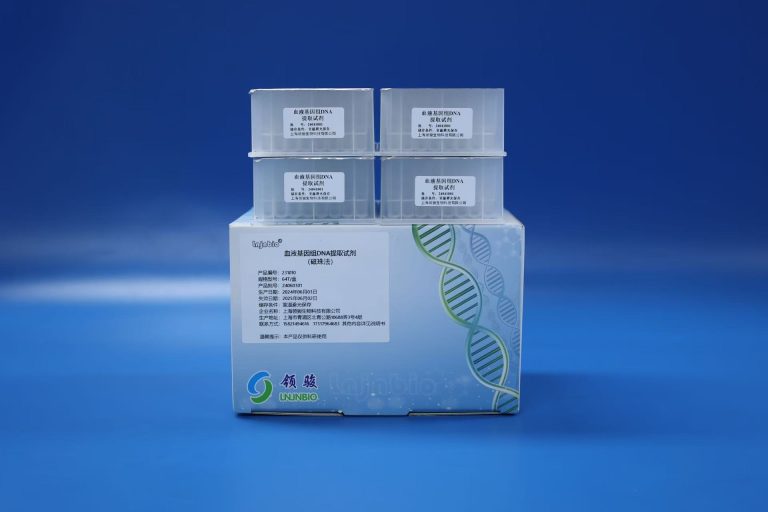Professional Manufacturer of Biomagnetic Beads
What are the identification methods of Chinese herbal medicines?
The main methods of traditional Chinese herbal medicine identification include origin identification, microscopic identification, physical and chemical identification, biological identification, etc. However, these identification characteristics are almost all genetic phenotypes of organisms, which are not only affected by genetic factors but also closely related to the growth and development stage of organisms, environmental conditions, and human activities such as introduction and domestication, processing, etc. They have great variability and randomness and inevitably have shortcomings such as strong subjectivity, poor repeatability, and stability, which have a certain impact on the reliability of the identification results.
What are the applications of DNA molecular marker technology in the field of plant identification?
In recent years, with the development of molecular biology technology, DNA molecular marker technology has been widely used in the study of genetic diversity, systematics, and taxonomy of medicinal plants and has gradually penetrated the field of identification of Chinese herbal medicines, promoting the development of research on the identification of Chinese herbal medicines. As a carrier of genetic information, DNA molecules have a large information content and a high degree of genetic stability within the same species. They are not affected by external environmental factors and differences in biological development stages and organ tissues. Therefore, using DNA molecular characteristics as genetic markers for the identification of Chinese herbal medicines is more accurate and reliable and is very suitable for plant identification of closely related species, easily confused varieties, rare varieties, etc.
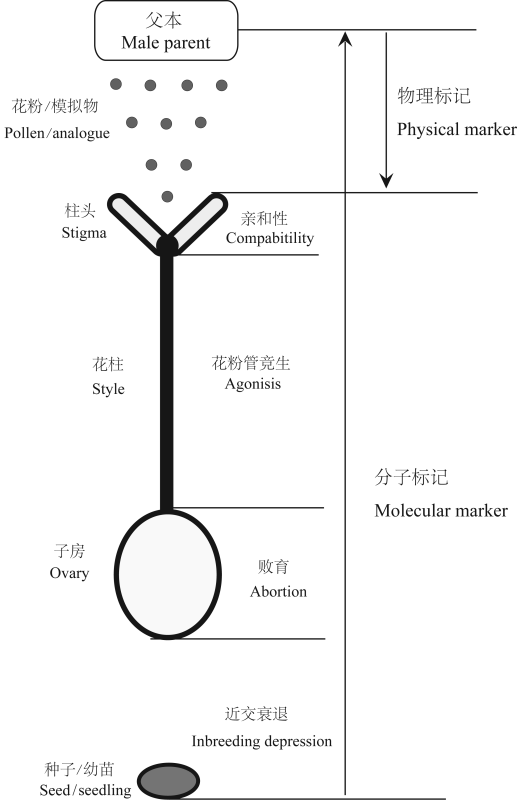
1. Direct amplification of fragment length polymorphism
This technology is a new molecular marker technology. It is based on PCR technology to amplify genomic DNA restriction fragments. The genomic DNA is first cut with restriction endonucleases, and then double-stranded adapters are connected to the ends of the DNA fragments. The adapter sequence and the adjacent restriction site sequence are used as primer binding sites. It is a new method for detecting gene polymorphisms and directly sequencing amplified products.
2. Random amplification of polymorphic DNA
This technology is a PCR technology using 10bp oligonucleotides as primers. Because this technology is fast and sensitive, does not require the genome sequence to be tested, and does not require high template quality, it has unique advantages in the study of medicinal plant systematics. It can provide polymorphic information of the entire genome through different primers, avoiding the influence of different growth environments and development periods, compare and analyze taxa at the DNA level, determine the relationship between medicinal plant species and varieties, and draw a phylogenetic tree.
3. Polymorphism between simple repeat sequences
This technology is a molecular marker technology similar to the random amplification of polymorphic DNA. Its primers are designed based on a certain repetitive sequence in the genome to form a series of specific primers, including dinucleotides, trinucleotides, and tetranucleotides, which are complementary to the microsatellite sequences in the genome, and have oligonucleotide anchor sequences that anneal to the 5′ or 3′ end of the genomic repeat sequence, about 17-22bp in length. In addition to the advantages of random amplification of polymorphic DNA, this technology is more targeted. It uses repeat anchor primers to amplify fragments between simple repeat sequences and has the advantages of good repeatability, high stability, and rich polymorphism.
4. DNA sequencing method
DNA sequencing method is to determine the nucleotide sequence of the target gene fragment and compare the differences between the sequences to determine the specific sites with identification significance between various populations, so as to achieve the purpose of identification. In order to solve the problem of differences between families, species, or populations within a species of Chinese herbal medicine, appropriate gene fragments are selected for sequence determination and analysis.
Shanghai Lingjun provides efficient and high-quality Chinese herbal medicine genomic DNA extraction reagents (magnetic bead method). The use process is safe and does not require liquid nitrogen grinding. The product does not contain harmful reagents such as phenol and chloroform. The extracted product has good purity and high yield. It can also achieve good extraction effects for samples with high polysaccharide and polyphenol content.
Supplier Introduction

Shanghai Lingjun Biotechnology Co., Ltd. was established in 2016 which is a professional manufacturer of biomagnetic materials and nucleic acid extraction reagents.
We have rich experience in nucleic acid extraction and purification, protein purification, cell separation, chemiluminescence and other technical fields.
Our products are widely used in many fields, such as medical testing, genetic testing, university research, genetic breeding, and so on. We not only provide products but also can undertake OEM, ODM, and other needs. If you have related needs, please feel free to contact us at sales01@lingjunbio.com.
